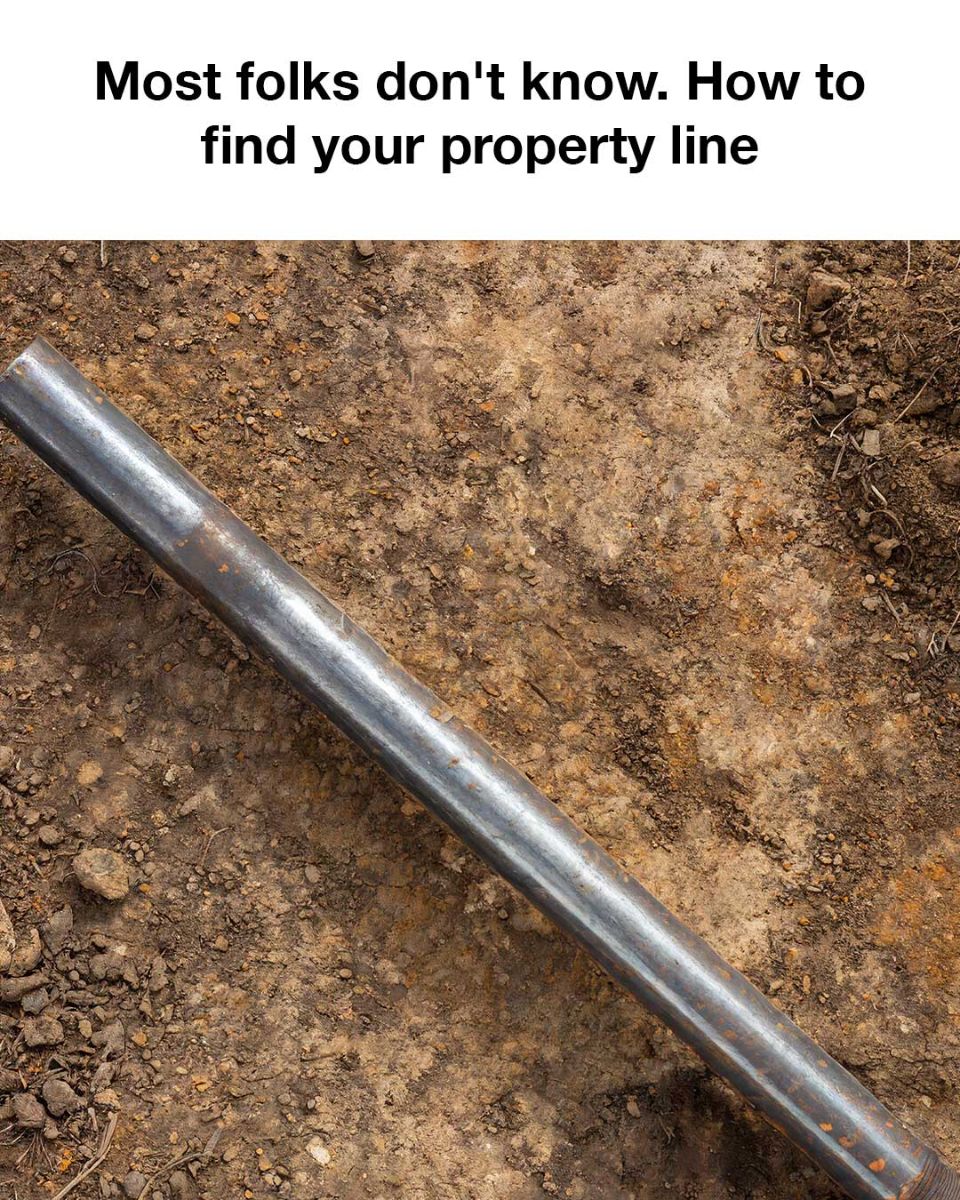How to Find Your Property Line (And When to Seek Professional Help)
Understanding where your property begins and ends is crucial when buying a home or land. Whether you’re planning to install a fence, expand your garden, or just want to be clear about your property limits, knowing how to find your property lines can prevent future disputes with neighbors. One key element in locating these boundaries is the often-overlooked iron stake. Here’s a comprehensive guide to help you find your property line and navigate the process effectively.
Why Knowing Your Property Line Matters
Before diving into how to find your property lines, let’s understand why it’s important:
- Home Improvements: Projects like building a shed, fence, or driveway often require precise knowledge of where your property starts and ends.
- Legal Disputes: Property lines can help resolve disputes with neighbors over land use, tree placement, and garden extensions.
- Zoning Laws: Local zoning laws may require knowledge of property lines to ensure compliance with building codes and setback regulations.
- Resale: When selling a property, being able to clearly define its boundaries can help avoid legal complications and make the transaction smoother.
Step 1: Review the Property Deed
Your property deed contains crucial information, including a legal description of your land. This description often includes measurements of the property’s boundaries and reference points to help you locate the corners. While these descriptions can be hard to interpret without a surveyor’s help, they provide a basic framework for understanding your lot size and dimensions.
Look for terms like:
- Metes and Bounds: Describes the property boundaries with detailed directions and distances.
- Lot and Block: Found in subdivisions, this describes your property’s specific lot number within a platted area.
The deed may also refer to the placement of iron stakes or pins that were set when the property was first surveyed.
Step 2: Locate an Official Property Survey
A property survey is a detailed map created by a licensed surveyor that outlines the exact dimensions and boundaries of your land. If you don’t have a copy of a survey, your local records office or county clerk may have it on file. The survey shows not only the property lines but also the locations of any buildings, driveways, and iron stakes (also called “corner monuments” or “property markers”).
The survey will be an essential reference for finding your property lines and identifying the positions of the iron stakes on the ground.
Step 3: Use a Metal Detector to Find Iron Stakes
When land is first surveyed and divided into lots, surveyors often install iron stakes at the corners of each property. These stakes, typically metal rods driven into the ground, serve as permanent markers for the boundaries. Over time, however, these stakes may become buried under dirt, grass, or landscaping, making them hard to find.
Here’s how to locate the iron stakes:
- Rent or Borrow a Metal Detector: Since iron stakes are buried, a metal detector is the most efficient way to find them. You can rent or borrow one from hardware stores or specialized equipment rental shops.
- Use the Survey to Identify Stake Locations: The property survey will show approximate distances from one corner of your property to another. Using these measurements, walk to the general area where the iron stakes should be located.
- Sweep the Ground: Slowly sweep the metal detector over the ground near the expected stake locations. Metal detectors typically emit a beep or buzz when they detect metal underground. Start close to the ground and work methodically to cover a wide area.
- Dig Carefully: If the detector picks up a signal, use a shovel to carefully dig around the area. Iron stakes are typically buried just below the surface, but depending on time and landscaping, they may be a few inches deep.
What If You Can’t Find the Stakes?
If the stakes have corroded or were never placed (this can happen on older properties), it might be difficult to locate them. In this case, you might need to hire a licensed surveyor to install new stakes or resurvey the property.
Step 4: Use GPS Apps and Online Tools (Supplemental Method)
see continuation on next page
ADVERTISEMENT
